Bremach T-Rex
Born in the late 1950s in Varese, Italy, the Bremach brand initially operated as a mechanical workshop. In time, it developed into a large company, designing ever better 4x4 multi-purpose vehicles to which competitors were becoming increasingly harder to reply. Soon enough, it became the leading manufacturer, with vehicles being converted to anything from fire engines to electricity rigs to expedition vehicles. The Bremach team pushed the boundaries of performance and reliability of the truck farther than anything seen before until finally, the T-Rex was born.
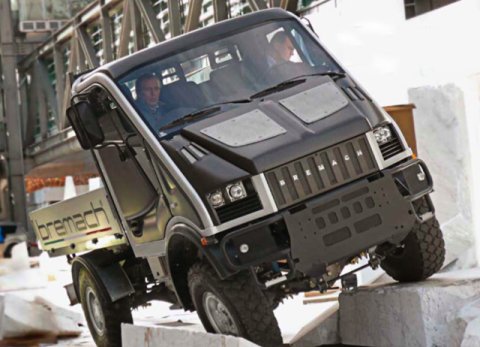
Steeve Bernaud-Heyd creator of T-REX: “I created T-REX as a true sports car, aggressive, slim, and with a powerful design”. Born in France in 1972, Steeve started his career as Car Designer in ’92 at Bugatti, where he worked on EB110, EB112 and Lotus Elise. He realized also numerous prestigious prototypes such as Ferrari (225S, 500 TRC), Bucciali, Hispano- Suiza and Maserati. He joined PRO.DE group in 1996 as “head of design” where he had been entrusted with the development of several vehicles: Iveco Daily Combi, Astra , Fiat Ducato. Moreover, he had worked as Head of design for Touring Superlegera bodyshop where he created new vehicles. (Maserati, Alfa-Romeo, Lancia, BMW). He has taken over the T-Rex project since 2005.

To begin with, the cabin of the Bremach is different than anything before it. It is built with an exterior space frame as a base for the whole section – by doing so, the most important section which needs to protect its inhabitants, can withstand a total impact force of 6Gs. Furthermore the T-REX can carry a massive 3.87 ton payload. This 7,740 pound rating is made possible by an adaptive modular space frame chassis architecture – a system developed and adapted specifically for the Bremach vehicles.
The truck is indeed, something else. But all its performances, all the advantages it has, on the road and off it, cannot overshadow its greatest feature: being eco-friendly. This giant truck, ready to battle any fire, cross any desert and transform into pretty much any utility vehicle required, is electric.
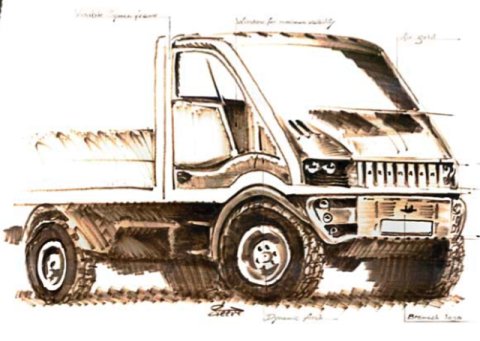
Bremach has replaced many traditional petroleum-based automotive lubricants with specialized advanced and better performing organic substitutes. The Bremach T-REX uses a unique oil and lubricant product line called SynLube, which, uniquely, is not made from oil. Even 100% electric vehicles, for example, have a need for and benefit from certain protections against metal-on-metal wear and friction (i.e.: gearbox, rear differential, etc). Long known in certain circles (such as NASA and select GM engineers), SynLube’s proprietary formula is able to retain its protective properties far longer than conventional oil-based brands. The SynLube chemistry is as well tested as it is advanced. Whether the PARIS- DAKAR Rally or (literally) the moon, in a market dominated by multinational corporations. SynLube has cut a name for itself by performing in climates ranging from -70°F to +525°F (-56°C to +275°C). In addition to better mechanical protection performance and being non-petroleum-based, SynLube also saves the T-REX owner time and money: Vehicles running SynLube typically only need oil changes every 100,000 miles.
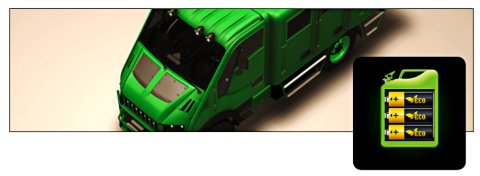
Typical high performance electric propulsion systems operate anywhere from 250 to 400 VDC or higher. This presents various issues and risks to vehicle manufacturers who must assemble and maintain systems operating at dangerously high voltages. In addition, the existence of high voltages in the vehicle presents a very real danger to the occupants and to first responders. The Bremach T-Rex Hybrid-VLV (Very Low Voltage) high performance traction system operates at much lower voltages, significantly improving safety across the board. It does this without sacrificing performance, achieving highway level torque and power. Low voltage propulsion has the added benefit of reduced cost, both in the traction system itself and also in the energy storage system. Lower cost is realized through cheaper switching electronics in the controller, charger, and lower series count battery pack requiring fewer balancing circuits and improved battery load distribution which in turn reduces battery stress. Weak cells are more distributed in the system versus high voltage systems. This reduces cell stress, increases overall usable battery capacity and increases operating life. Special Mosfet matching and assembly techniques enable the controller to efficiently handle the high current required to drive the motor to a very high level of performance. The controller has proven reliability in hundreds of field applications over many years in the forklift and airport tug industry. The Bremach T-Rex Hybrid-VLV motor is compact, only 9.5” in diameter, providing excellent installation options.
For a more in-depth knowlege about the technology check out how electric vehicles work.
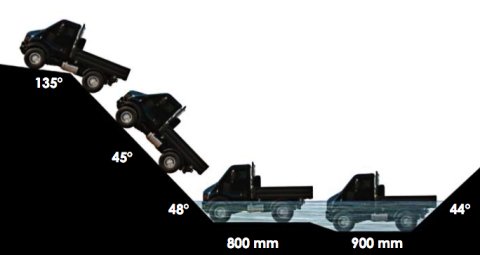
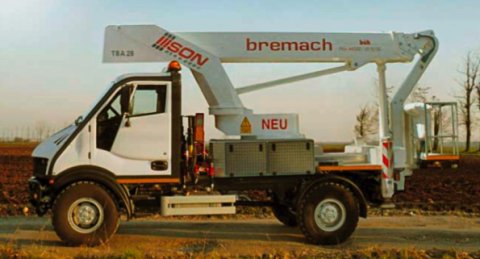
The truck comes with a completely new concept for the Lithium Ion battery system. It incorporates all aspects of battery management, such as those for specific military, industrial and automotive purposes. The whole system was designed to function as a real-time monitor for everything including the flow of current in and out of the battery pack, overall temperature and that of every module of the pack and so on. Apart from the obvious applications that the user can see, the system also manages cell-balancing operations, controlling which battery charges when, for how long and what’s its administered power. All there can be remotely viewer in several ways, of which the most impressive is that over the Ethernet. Yes sir, the Hybrid BMS is beyond anything else, thus allowing devices with an Ethernet interface to connect and get a diagnosis, eliminating the need for expensive diagnostic equipment for servicing.